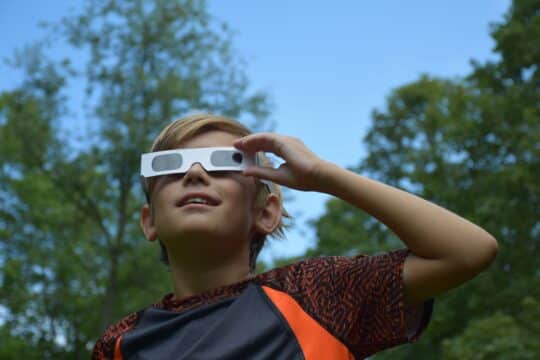In this age of social distancing, families are struggling to keep students engaged in learning. At a time when travel and socializing is limited, reading can be a simple way to open students’ minds to the world and help them feel less alone. Here are some reading resources you can find online on how to get students engaged in reading and keep them engaged.
Public Libraries
Though physical locations are closed, many public libraries offer digital library resources. Free ebooks and free audiobooks are obvious choices. By downloading an app to their computers, tablets, or phones, students can use their library cards to check out materials without ever entering the physical library. Some libraries offer wi-fi hot spots and even devices, for loan.
Libraries are also beginning to offer curbside pickup of physical books and magazines. Patrons place holds online, and library staff texts or emails when the items are ready. Library patrons pull up to the library, and the items are brought to their vehicles with no physical contact.
Many libraries are conducting previously in-person classes online, allowing patrons to access classes and story times from the library web site. These online events engage students in topics and give them motivation and ideas for future reading.
Even library cards can often be obtained online during this time, allowing students to access the library for the first time.
Writing Activities
Once students have something to read, it is helpful for them to have a purpose for reading. An engaging writing activity can give readers a sense of ownership over their reading. Students could read articles or biographies about people that interest them, and then compose a letter, email, or social media post to them. Students might read poetry online and then attempt to write something in a similar style. Students could plan a virtual field trip or road trip, researching a location, and creating a PowerPoint or website presenting their research.
Students might read diaries written by young people going through extraordinary circumstances, such as The Diary of Anne Frank, or Zlata’s Diary: A Child’s Life in Wartime Sarajevo. After reading these diaries, students could keep their own journals about life during the COVID-19 pandemic. These could be published on the web.
STEAM Activities
Students might read scientific articles online and then conduct at-home labs. For example, students might read an article about erosion and then conduct a lab using M&Ms and water to demonstrate the effects of erosion.
Students could read books about coding and then apply their knowledge by building computer games. There are books available that teach students to use Scratch, a free computer coding language. The only materials needed are a computer with Adobe 10.2 or later and an internet connection.
Readers might also do web research on famous structures, such as the Pyramids or the Eiffel Tower, and then build those structures from Legos.
There are plenty of books and web articles about drawing and painting. Students could read those and create their own pieces of art.
Math and reading don’t seem like a natural cross-curricular pair, but there are some ways to integrate the two. Students could read online texts about gardening, and then plan their own gardens using measuring tools and online garden blueprints, for instance.
Nature Activities
There are a plethora of online field guides geared towards kids. Students could read about native animals and conduct a backyard search for birds, animal tracks, leaves, and other wild life.
Scientific articles about climate change and its effects abound on the internet. Students could read up on solutions and implement some of them at home.
Students could read online instructions about building birdhouses and bird feeders and try constructing one.
Tablets are great for reading in any location. Students could take their tablets outside and read! An old-fashioned paper book is also suitable, of course.
Social Activities
This may seem like an oxymoron in the time of COVID-19, but reading can be a great way to connect with others online while increasing student engagement. With supervision, students could start a Zoom book club with their friends. This would give students an excuse to socialize with friends and give them something to connect over when sports and other extracurricular activities are canceled.
With parent supervision, students might start or join social media groups devoted to whatever book they are currently reading.
While students may feel distanced from regular life and its normal routines right now, the internet offers a variety of options and ideas for how to engage students in reading – and keep them engaged.




